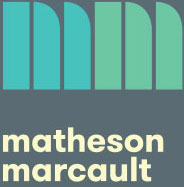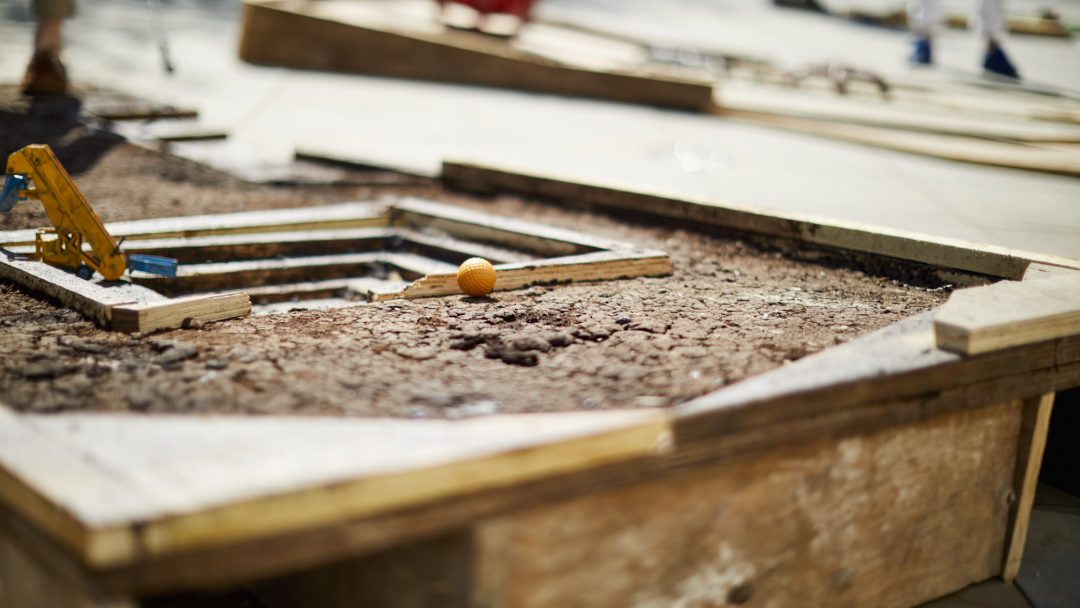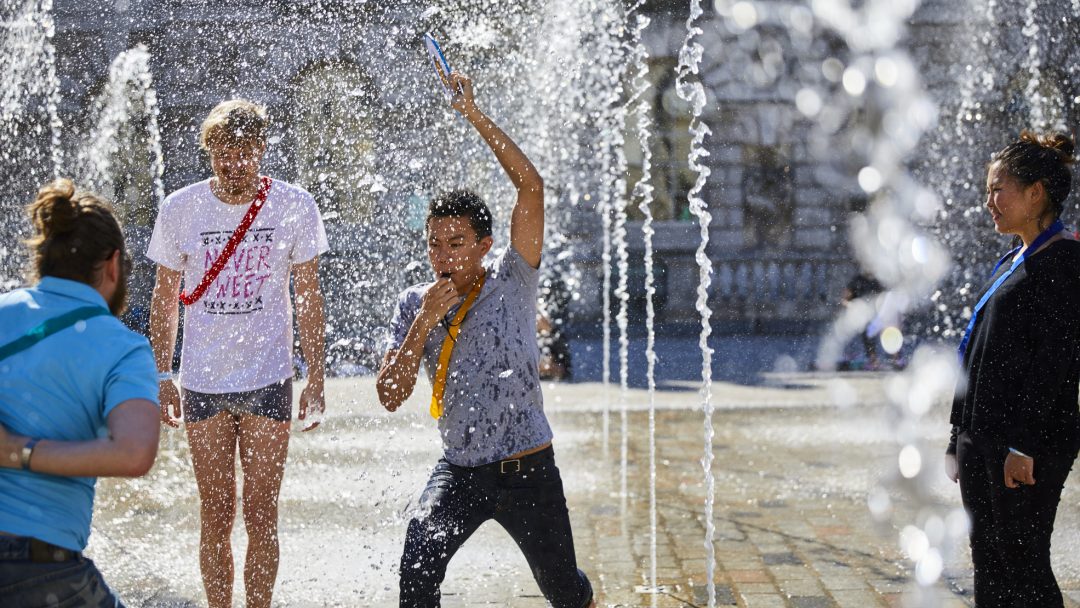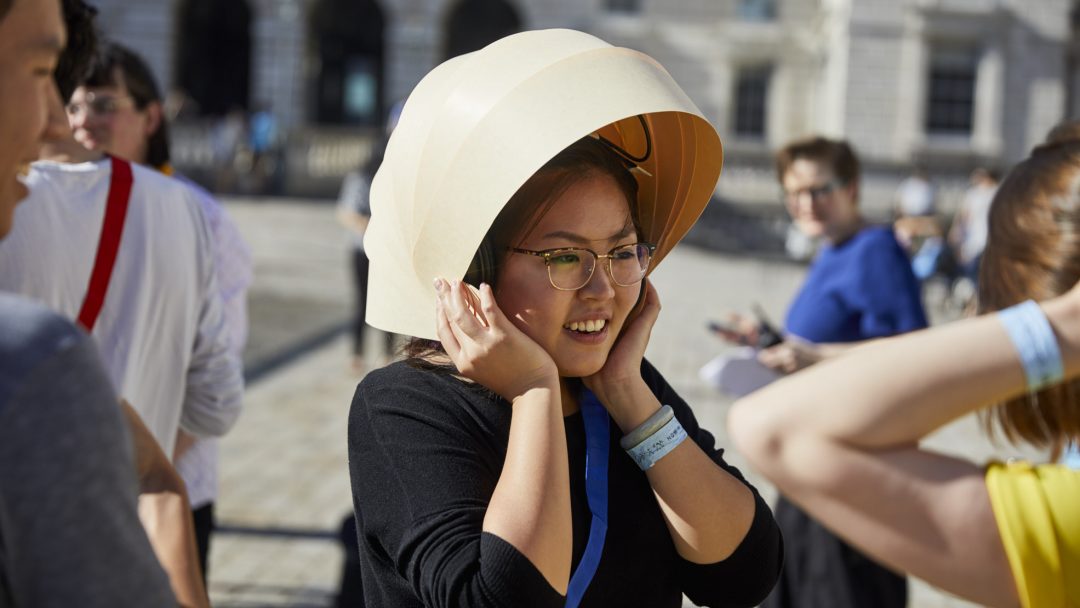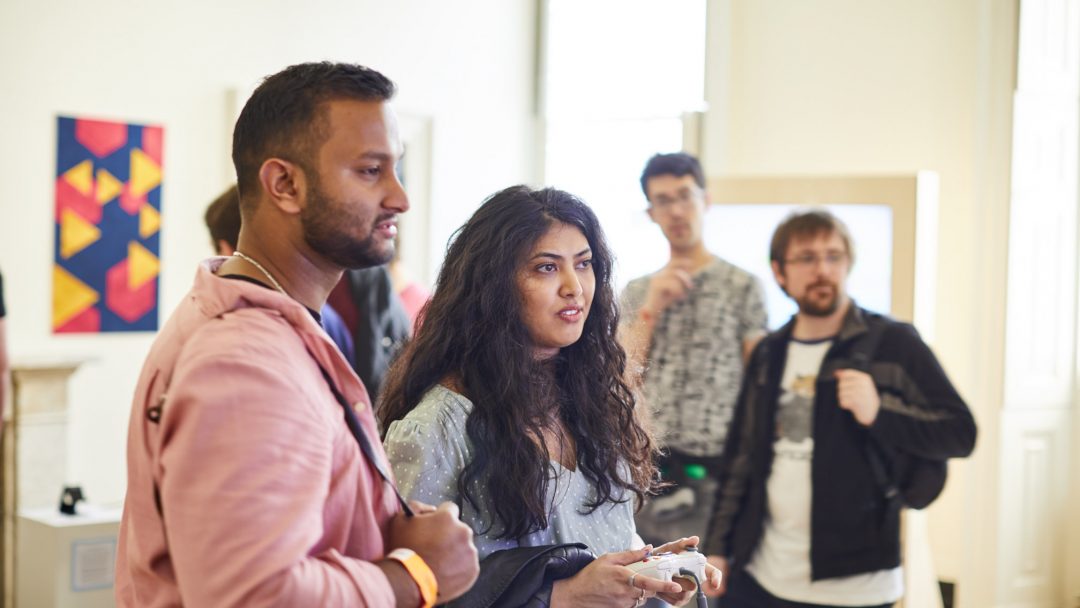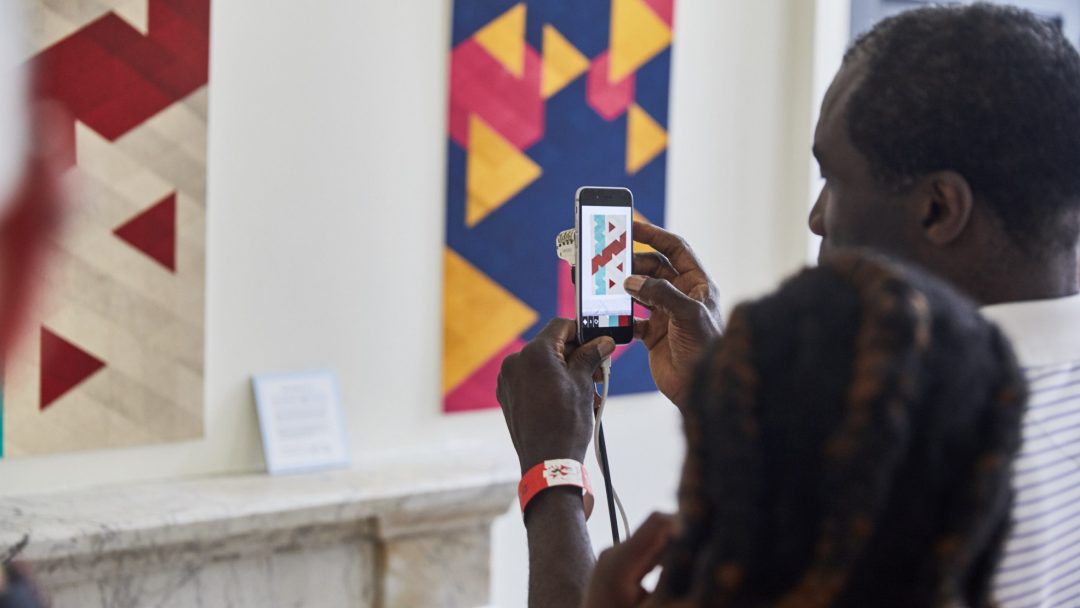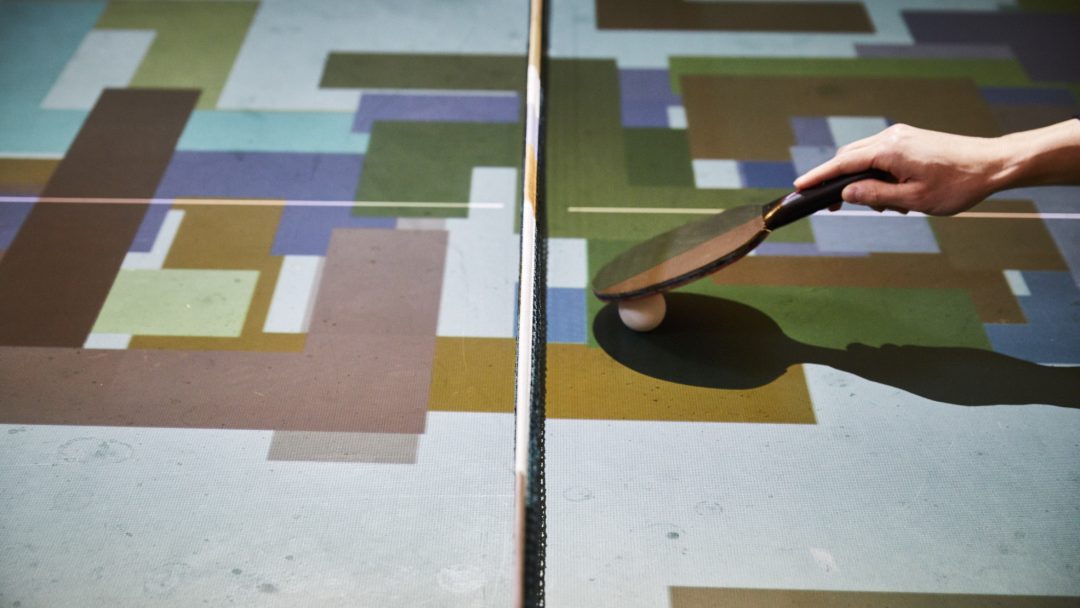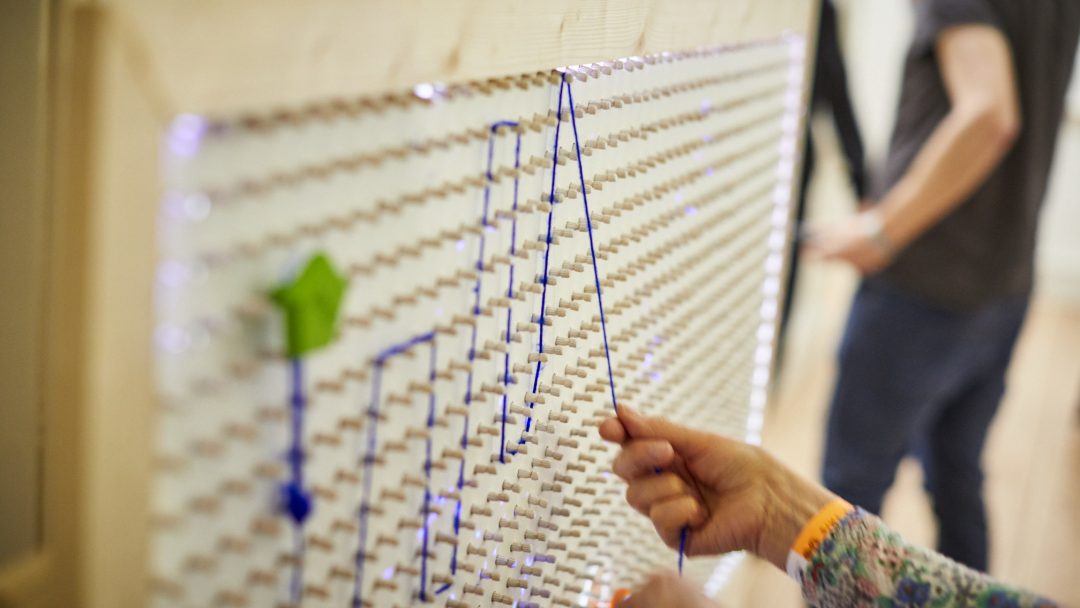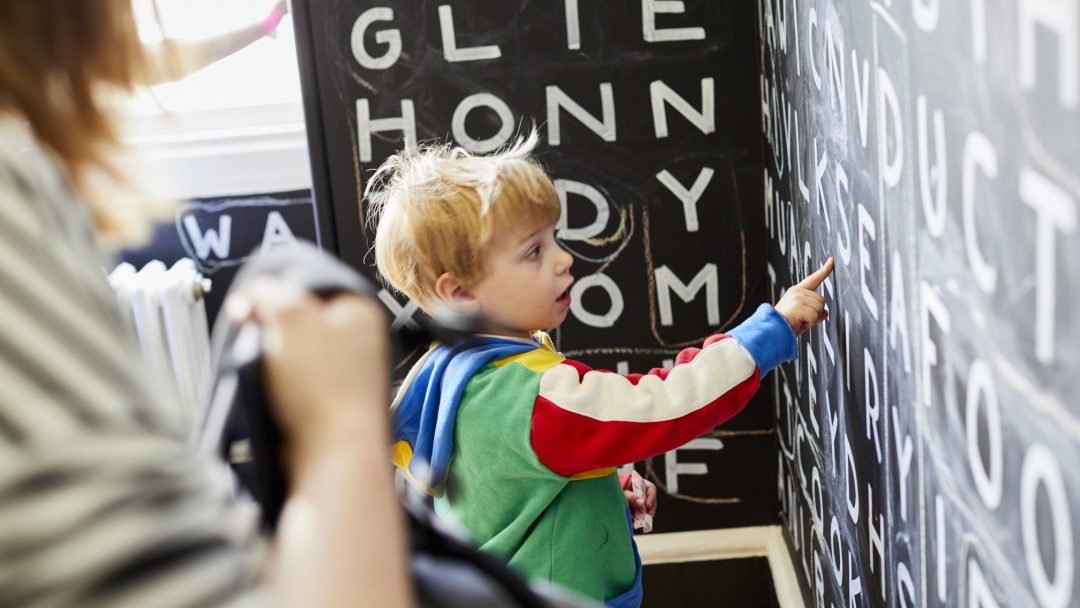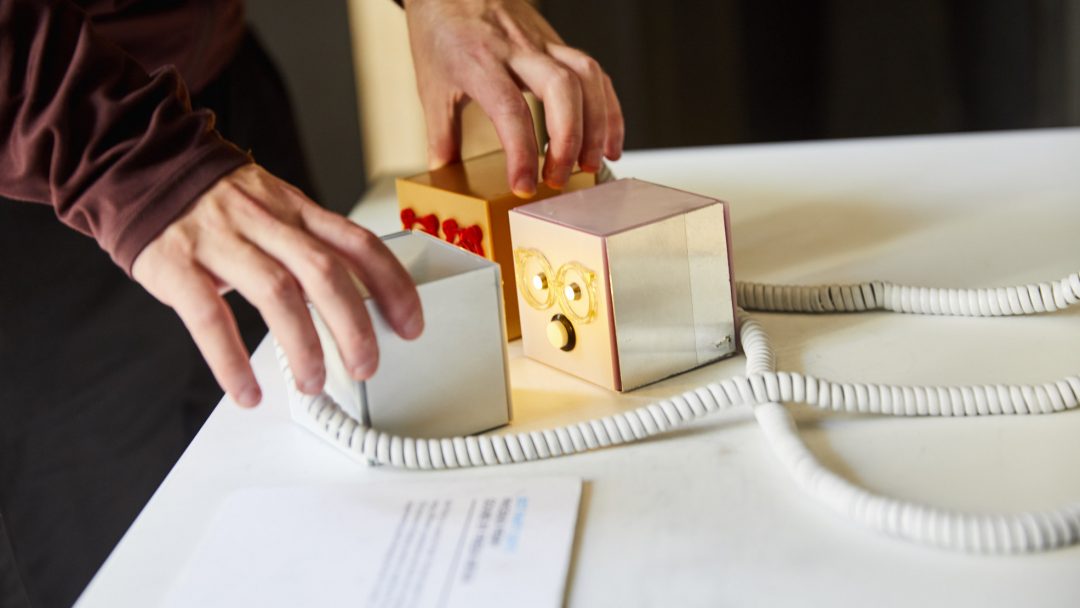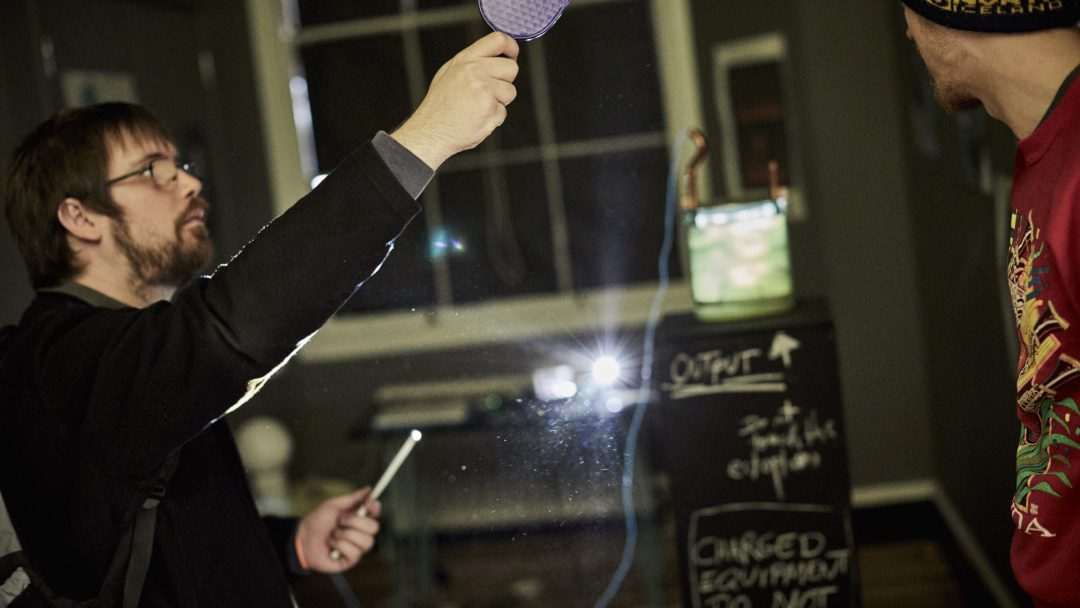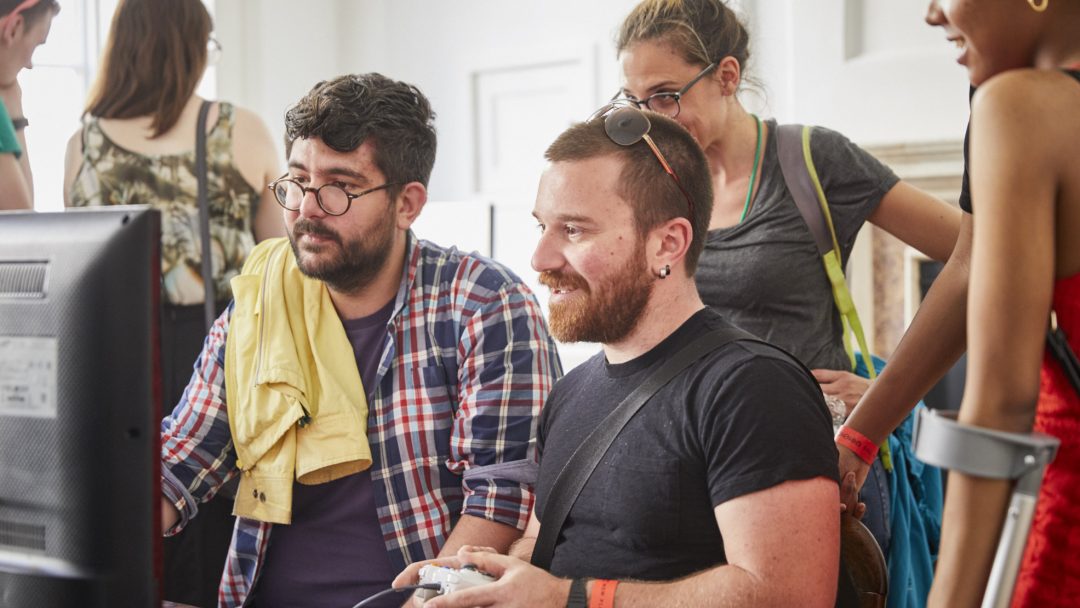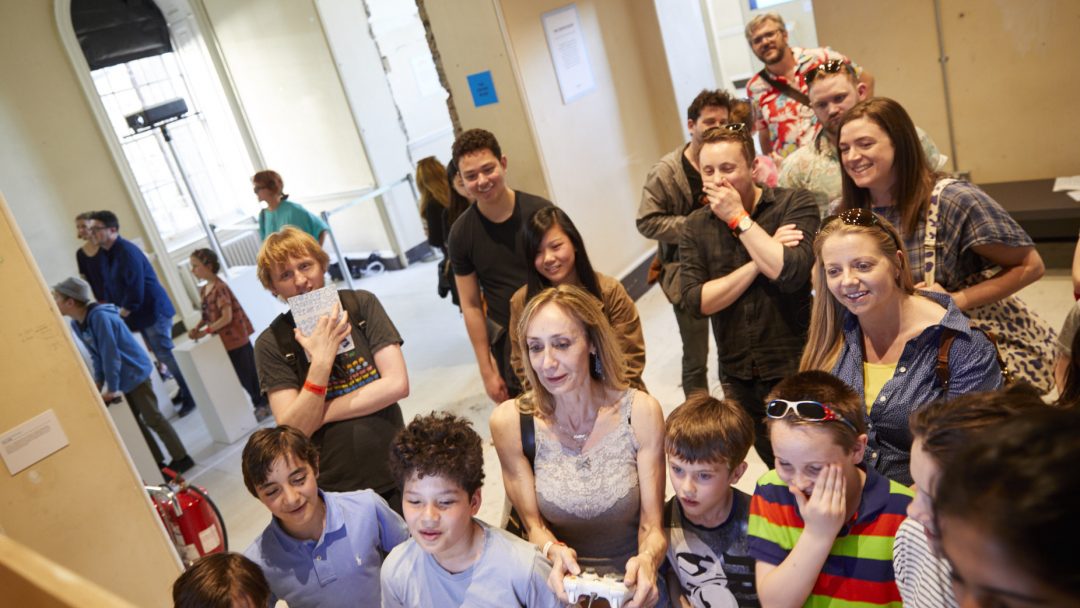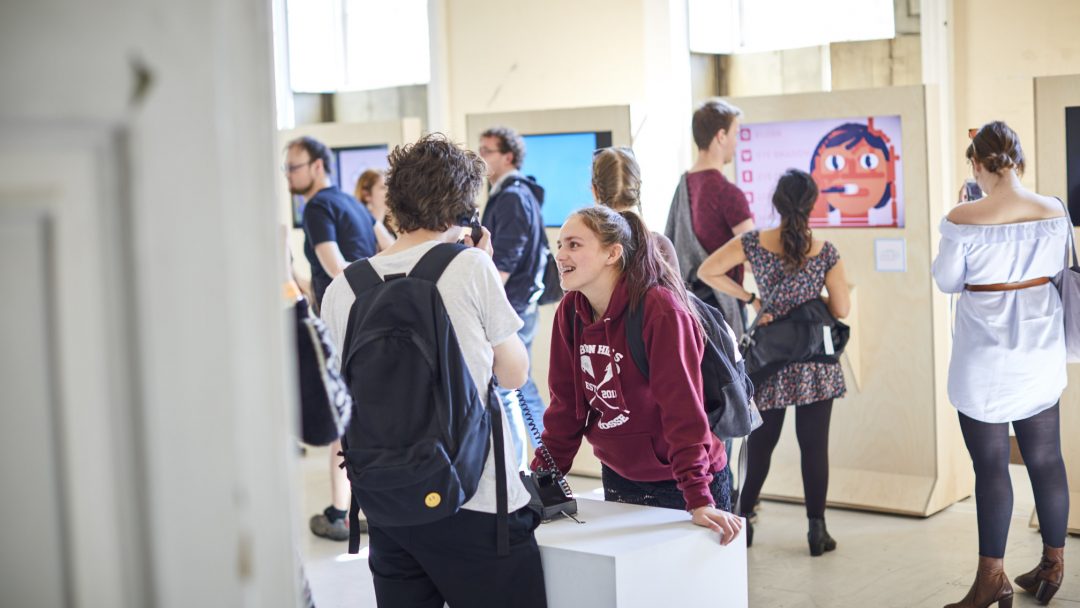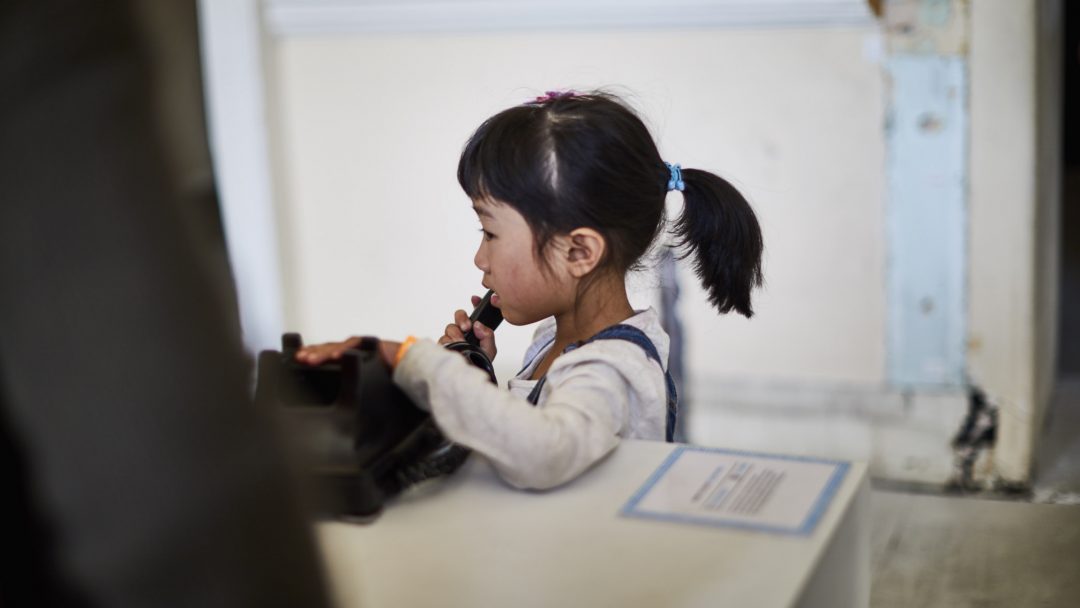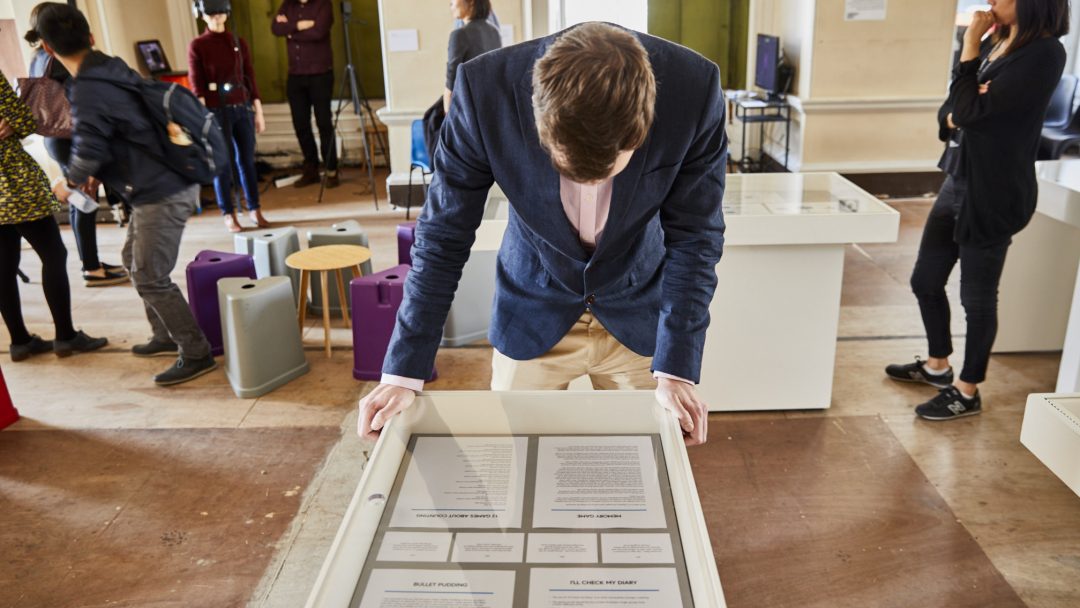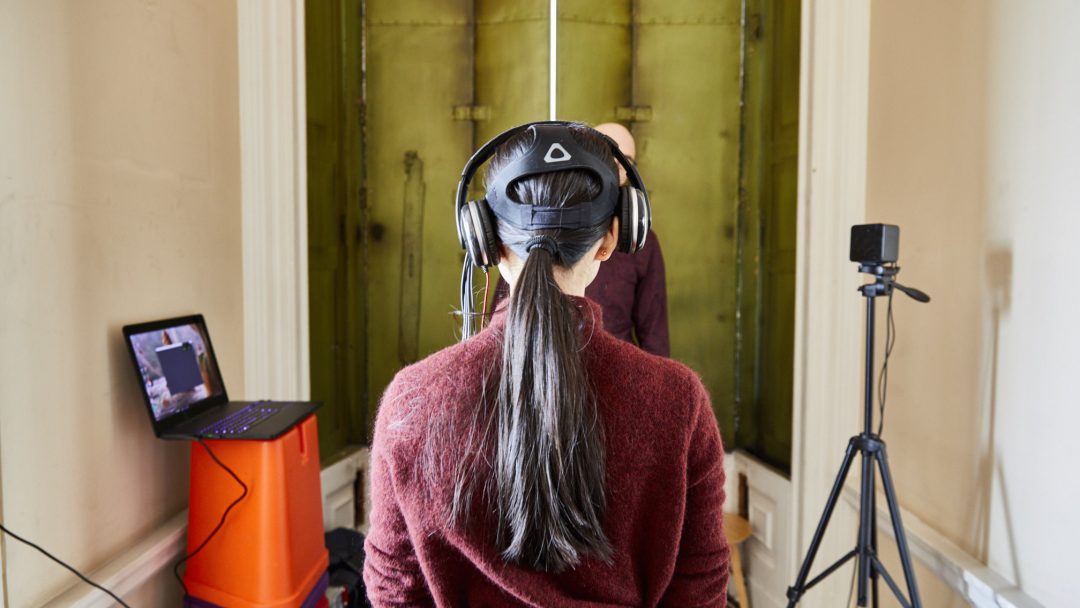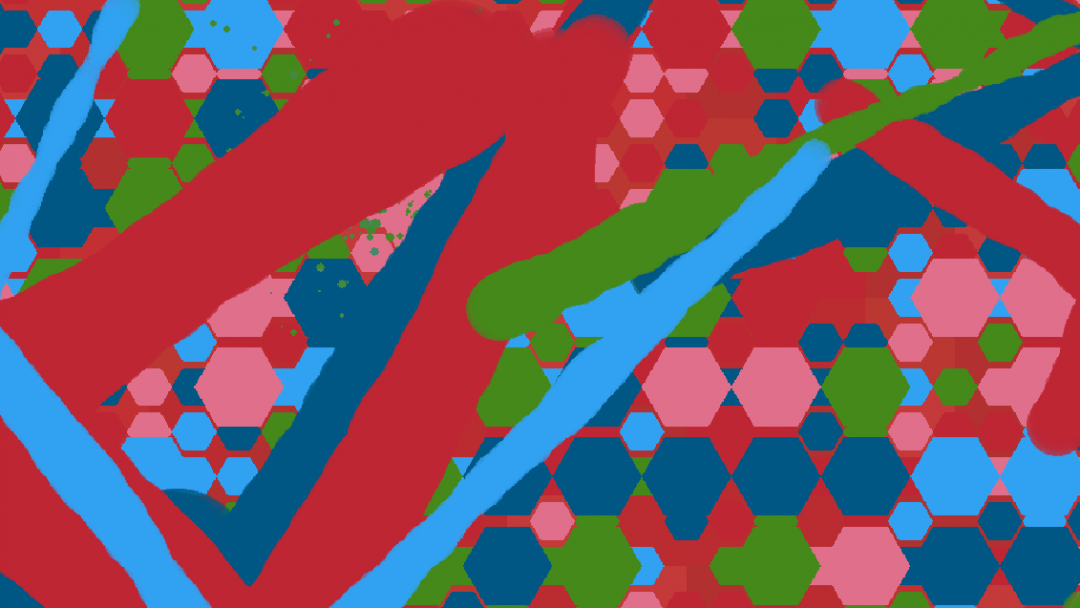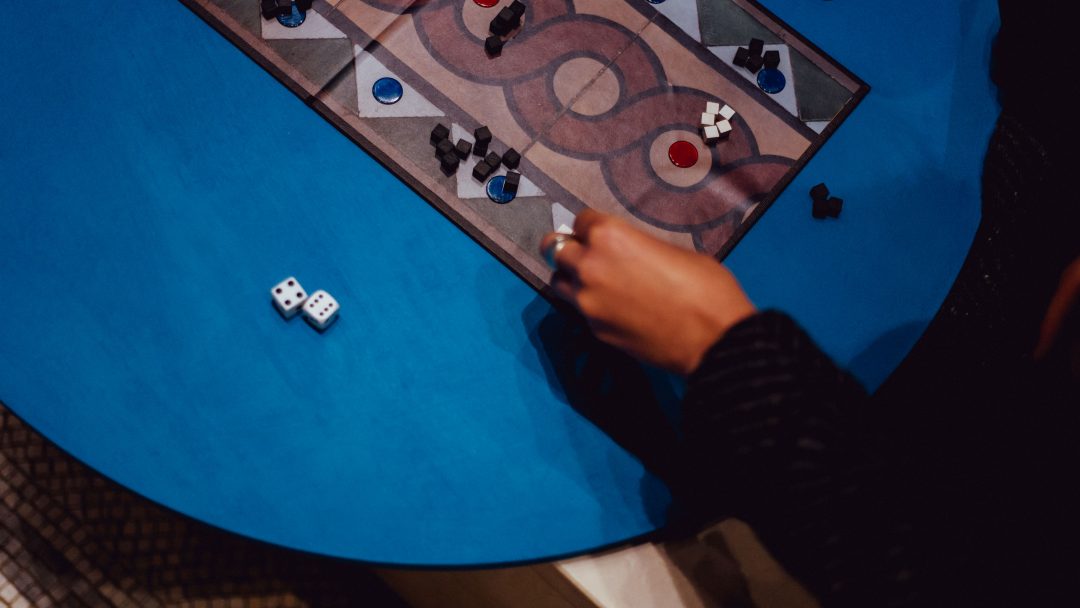Now Play This 2017 is over! It ran from 7-9 April, and we’ve collected a few pictures (taken by Ben Peter Catchpole) above – click through the gallery to see them, or pop over to our Facebook gallery to see a larger selection.
You can also read about how other visitors found the experience, and catch up on their pictures, with:
- Emilie Reed’s overview “Now Play This 2017“
- Zuraida Buter’s collection of tiny videos
- “13 games that will change the way you think about gaming“, by Jordan Erica Webber at the Guardian
- “Now Play This is a showcase of surprising gaming delights“, by Kate Gray at Kotaku
- Blog posts describing the event from Matthew Tyler-Jones, Verity Virtue and Jackson Tegu
And don’t forget that until 7 May, you can still visit Game Changers: Another Way to Play, an exhibition looking at billiards, chess, mazes and their evolution over time. (We’ll write a little more about Game Changers next week…)
